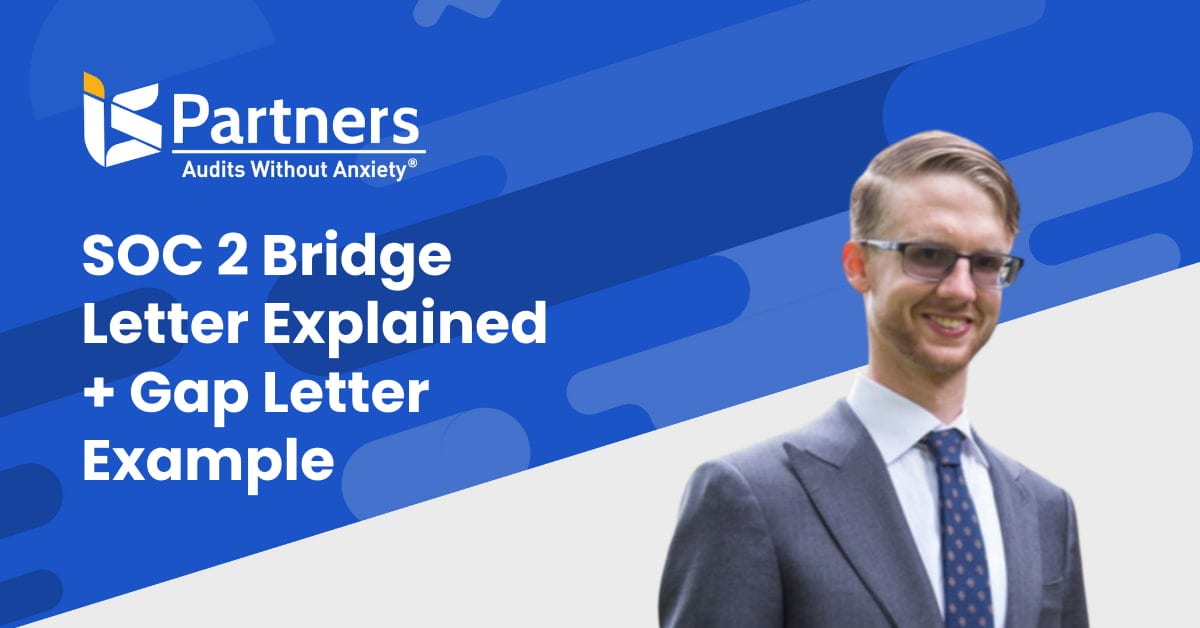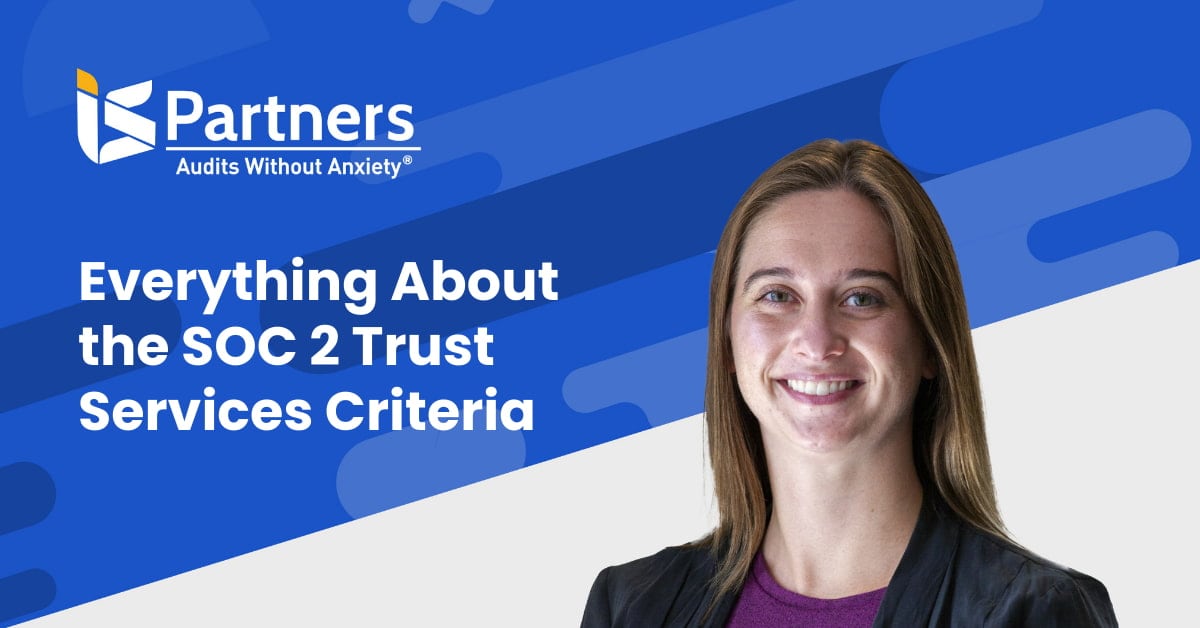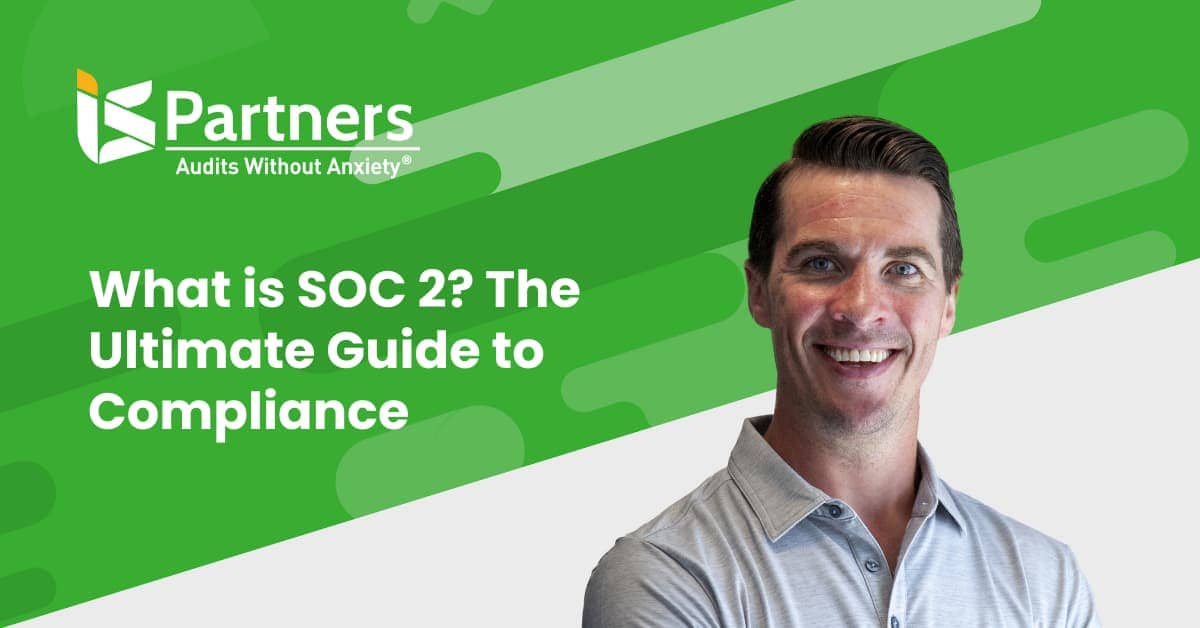Despite the complexities in this field, our explanation will help demystify the process, providing information and strategies to customize these protocols precisely for your organization’s compliance requirements. Prepare to evolve your implementation of SOC 2 procedures within your business framework.
Importance of SOC 2 Policies
In the contemporary digital landscape, compliance is critical. SOC 2 policies are pivotal when creating robust data and information security processes, designing comprehensive system security controls, and defining acceptable use. The relevance of SOC 2 policies in supporting your corporation’s risk management strategy and safeguarding client data is indisputable.
Why are policies so important? Well-made, robust policies enhance internal procedures, streamline audit processes, and help build customer trust. They create the foundation for a proactive approach toward data security and ensuring your business operations are secure.
What Are SOC 2 Policies?
SOC 2 policies are a comprehensive set of guidelines and procedures that a company’s IT department follows to handle and protect customer data. In part, SOC 2 compliance requires that policies must be documented, formally reviewed, and accepted by employees.
Why Must SOC 2 Policies Be Documented?
Accurate documentation of your organization’s practices and policies as they are currently applied, without adding aspirational elements, is essential. Proper documentation should be a priority from the onset. The documentation process, while potentially time-consuming during SOC 2 audit preparation, will enhance consistency, facilitate internal communication, serve as an educational resource, and safeguard potential legal implications or internal risks.
How to Design Effective SOC 2 Policies
Outlining effective SOC 2 policies demands a comprehensive understanding of data security and trust services principles pertinent to the industry in which your organization works.
Designing effective SOC 2 controls for compliance isn’t a simple feat, but with a careful approach, it can significantly evaluate how an organization uses criteria for managing customer data.
To accomplish this, policies should be designed to uphold the five “trust service criteria“—security, availability, processing integrity, confidentiality, and privacy. Additionally, each policy should regulate the company’s technology, processes, and/or people. See the table below for examples of this cross-mapping between organizational assets and the TSCs.
Cross-mapping between organizational assets and the TSCs
| Trust Service Criteria | Technology | Processes | People |
| Security | Implementing firewalls, intrusion detection systems, and encrypted data transmission | Establishing standard operating procedures for data security | Regular training on data security and threat recognition |
| Availability | Adopting high-availability systems and data recovery solutions | Setting up processes for regular system maintenance and updates | Training employees on system utilization and backup procedures |
| Processing Integrity | Ensuring data accuracy with error detection and correction software | Establishing stringent data handling and processing procedures | Training staff on data quality control and processing standards |
| Confidentiality | Enforcing data access controls and secure data storage | Enforcing strict data confidentiality protocols and procedures | Educating staff about confidentiality and non-disclosure agreements |
| Privacy | Implementing privacy-enhancing technologies like anonymization tolls | Creating robust data privacy processes, including consent management | Providing regular training on privacy policies and data handling |
To develop effective policies for compliance in your company, it is first advised to categorize your policies as desired; they do not necessarily have to exist as independent documents, the crux being that all subject areas are thoroughly covered. It can be customized according to your unique arrangements and for easy access to crucial information.
For instance, if your organization has an in-house IT team, incorporating the Internal Audit Policy within the Operational Security Policy may be of added value, as the same owner governs the policy’s execution. Conversely, if a Service Provider and audit responsibility manages operational security falls on an internal one-member IT team, these policies might be kept separate.
If different individuals control those areas, your company might also find it beneficial to divide the Risk Management Policy and Vendor Management Policy. However, merging these policies under the Operational Security Policy could be more efficient if a Risk Committee manages both vendor risk and the organization’s overall risk.
The critical aspect is that you structure your SOC 2 compliance documentation to best serve your organization, ensuring that all topics are comprehensively addressed. Effective policies should deliver all crucial details and contexts, facilitating understanding for all readers.
What Should Policies Include?
Each policy should comprise clear descriptions for the following factors:
- Purpose: Objectives of the policy.
- Audience: Who it pertains to, acceptable behaviors, and potential consequences for non-compliance.
- Scope: Application and covered activities of the policy.
- Revisions and Approvals: Details of authorization, updates, and modifications.
- Maintenance: Frequency of policy review.
- Exceptions: Contact point for non-compliance situations or policy-related questions.
Additional sections you might consider include:
- Definitions: Clear explanations of policy-specific terminology for reader understanding.
- Roles and Responsibilities: Specific roles assigned for implementing or upholding the policy.
- Reference: Mentions of related policies or regulatory guidelines (Ideally link all referenced documents, including other policies, regulations, and procedures).
Remember, there’s no definitive right or wrong way to organize your policies – tailor them according to your needs.
Foundational SOC 2 Policies
Here is a list of example policies that your organization should draft as it works towards SOC 2 compliance:
- Access Onboarding and Termination Policy: Governs the secure onboarding process and offboarding users from the organization’s technical infrastructure.
- Application Security Policy: Details the controls and requirements for web applications’ security within the organization’s production environment.
- Acceptable Use Policy: Regulates network usage, website, system, devices, and password requirements.
- Access Control Policy: Specifies the management and review of access permissions to company systems.
- Business Continuity Policy: Directs the organization’s response to disruptions to maintain smooth business operations.
- Change Management Policy: Directs the documentation and communication process for system changes across the organization.
- Confidentiality Policy: Dictates the handling of confidential information about clients, partners, or the company.
- Code of Conduct Policy: Sets forth the rules of behavior for employees and employers.
- Cyber Risk Assessment Policy: Details procedures to assess and mitigate information security risks within the organization.
- Data Center Policy: Establishes security procedures for data centers and secure equipment areas.
- Software Development Lifecycle Policy: Specifies requirements for maintaining baseline protection standards for company software, network devices, servers, and desktops.
- Data Classification Policy: Delineates the process of classifying sensitive data according to associated risk levels.
- Disaster Recovery Policy: Lays out the framework for recovery from a disastrous event.
- Encryption Policy: Details the data types that should be encrypted and how the encryption process operates.
- Email/Communication Policy: Defines guidelines for using the organization’s communication mediums, including acceptable and unacceptable behaviors.
- Incident Response Policy: Outlines roles and responsibilities in response to a data breach.
- Information Security Policy: Establishes the approach to information security.
- Information, Software, and System Backup Policy: Determines how information from business applications will be stored for data recovery.
- Logging and Monitoring Policy: Details which logs will be collected and monitored.
- Removable Media and Cloud Storage Policy: Sets requirements for storing data on removable media, cloud systems, and personally owned devices.
- Physical Security Policy: Directs ways to monitor and secure physical access to the company’s locations.
- Password Policy: Determines the requirements for using and managing solid passwords securely.
- Remote Access Policy: Defines the authorized personnel to work remotely and the protective measures in place.
- Risk Assessment and Mitigation Policy: Defines potential security threats and prevention measures.
- Vendor Management Policy: Details controls to minimize risks introduced by vendors.
- Workstation Security Policy: Establishes methods to secure employees’ workstations to reduce risk.
- Office Security Policy: Controls physical access to the company’s facilities.
- Policy Training Policy: Outlines requirements for educating employees about company policies.
- Data Retention Policy: Details objectives and requirements for data retention within the organization.
SOC 2 Policy Templates for Simplified Compliance
Using SOC 2 software to automate the audit process offers several benefits, including increased efficiency, improved management, and potential time and cost savings. The software enhances efficiency by centrally organizing documentation, making it easier for auditors to access information.
Additionally, the software also streamlines management functions like risk assessment, vendor management, and control monitoring, enhancing an organization’s compliance efforts and helping maintain robust security controls.
Policy templates, including those for SOC 2, can be beneficial starting points for organizations. However, these must be personalized to truly be efficient and align with your organizational needs and practices. These adapted templates must become functional tools that your organization actively employs.
Software brands, like Fieldguide, offer customizable templates for various risk and compliance frameworks, including SOC 2. These pre-approved templates can be modified to fit your organization’s security policies and procedures effectively. Furthermore, they offer a one-click report generation feature, allowing team members to create reports easily using best practice SOC templates.
Get Expert Help Developing SOC 2 Policies
Ready to implement robust SOC 2 Policies? Take the next step in safeguarding your business growth. Reach out to our experts today!
Leveraging our extensive compliance SOC experience and industry best practices, I.S. Partners is well-equipped to help you develop SOC 2 Policies that function as potent risk management tools and catalysts for sustained growth.
SOC 1®, SOC 2® and SOC 3® are registered trademarks of the AICPA (American Institute of Certified Public Accountants). The AICPA® Trust Services Criteria for Security, Availability, Processing Integrity, Confidentiality, and Privacy is copyrighted by the Association of International Certified Professional Accountants. All rights reserved.




